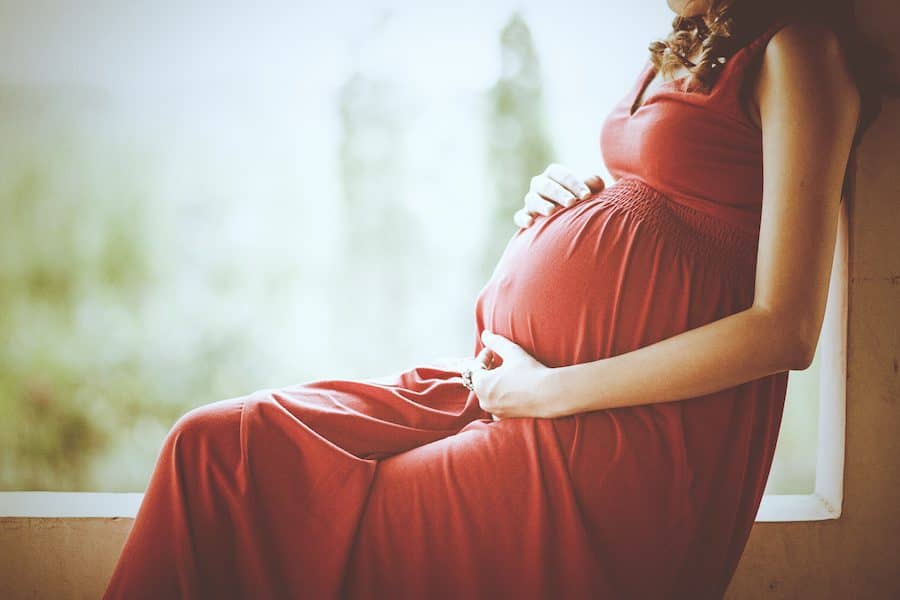Direct discrimination happens if an employer treats an employee less favourably than it treats others because of sex. A female employee would need to show that she has been treated less favourably than a real or hypothetical comparator of the opposite sex whose circumstances are not materially different to hers. In Ali v Capita Management, the Court of Appeal decided that a man on shared parental leave could not compare himself to a woman on maternity leave who was paid more than him. The Court of Appeal said that the purpose of maternity leave goes beyond childcare and centres around the health and wellbeing of the pregnant and birth mother. Mr Ali’s claim failed because his circumstances were materially different to his comparator’s. The correct comparator was a woman on shared parental leave. The EAT has recently considered a similar case, this time involving a man on shared parental leave and a woman on adoption leave.
In Price v Powys County Council, a male employee wanted to take shared parental leave so his wife could return to work. He was told he would be paid shared parental leave pay, which was the same as statutory maternity pay. Under Council policies, employees on statutory maternity leave or statutory adoption leave were entitled to enhanced maternity or adoption pay. Mr Price decided not to take the leave and brought a claim for direct discrimination, comparing himself with a female employee on statutory maternity leave and a female employee receiving adoption pay, both of whom were paid at the enhanced rates.
The employment tribunal applied Ali and said the comparators’ circumstances were materially different. The purpose of statutory maternity leave was different to shared parental leave, as Ali had clearly set out. The circumstances of someone on adoption leave were also different. Adoption leave goes well beyond facilitating childcare and is designed to allow parents to take steps to prepare and maintain a safe environment for the child and time to form a parental bond. Adoption leave begins at the latest on the day of adoption, which was a material difference to shared parental leave and underlined the need for the adopter to prepare a safe environment and develop a bond with the child. The flexibility in relation to shared parental leave – which can move back and forth between parents – showed that it was designed to give parents greater choice about childcare responsibilities. Ordinary maternity and adoption leave can only be taken in one continuous block of 26 weeks which, the EAT said, showed that its purpose went beyond childcare. The EAT said the correct comparator was a woman on shared parental leave, who would receive the same pay as Mr Price.
This decision isn’t surprising and follows the reasoning in Ali, applying it to adoption leave. It is welcome clarification for employers. However, it is clear that the demand for parental leave is increasing, but the lack of enhanced pay, often in the face of enhanced schemes for maternity and adoption leave in the same employer, is stopping them. This decision doesn’t deal with the wider societal issue of how you create more equality between the sexes – and less assumption that women will bear the brunt of childcare – if payment for men taking parental leave is not equal to women taking other kinds of child-related leave. Food for thought.
Find out how we can help. Our partner, Jon Dunkley, heads the Wollens specialist Employment Department. Contact him today for an informal chat, without obligation on 01271 342268 or via email at [email protected].



